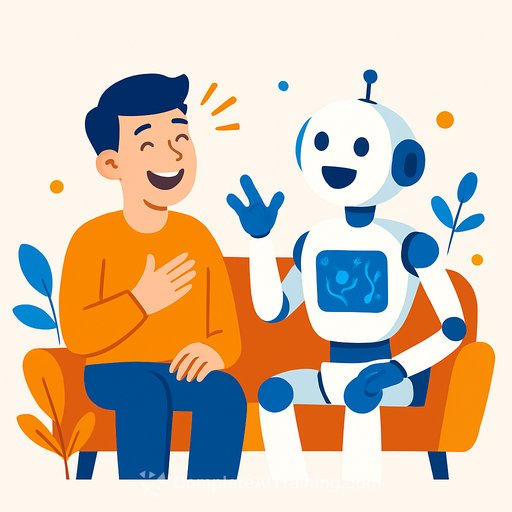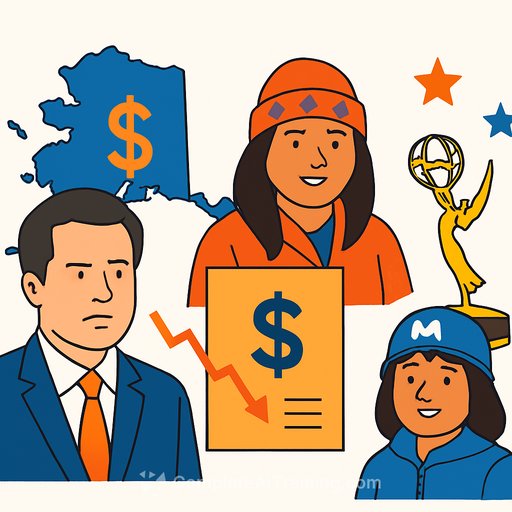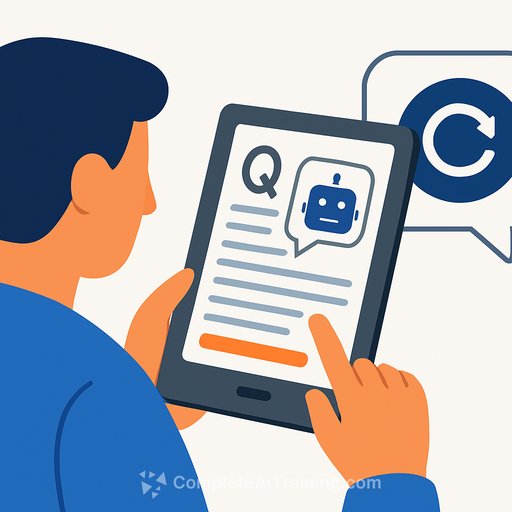Can Artificial Intelligence Capture the Subtleties of Human Humor?
As AI tools become companions and support systems, their ability to understand and generate humor is under scrutiny. While some progress has been made, AI still struggles with the nuanced layers of what makes humans laugh.
Joe Toplyn, a veteran late-night comedy writer, combined his decades of experience with large language models (LLMs) to create Witscript—an AI-based joke generator. Users input prompts like news headlines or image descriptions, and for a small fee, Witscript returns jokes, captions, and wordplay. A recent experiment pitted Toplyn’s jokes against Witscript’s in a live setting. Both sets generated comparable laughter in Los Angeles audiences, showing AI can match humans in some joke-writing contexts.
What Makes a Joke Work?
Most jokes play on ambiguity, incongruity, and quick resolution. AI can now mimic this pattern effectively. Neuroscientist Ori Amir points out that generating certain types of humor is even easier for AI than performing complex tasks like safe driving.
Still, humor is more than punchlines. It’s a social tool that can navigate awkwardness, deliver subtle insults, or advance relationships. Christian F. Hempelmann, a computational linguist, stresses that humor requires an understanding of social norms and the ability to bend them appropriately.
Why AI Humor Still Falls Short
Humor is deeply tied to human experience and intentions. Tristan Miller, another computational linguistics expert, notes that current AI lacks the full range of human motivations and contexts behind humor. AI can craft a clever joke but doesn’t grasp why or when humor is used socially.
Historical perspectives on laughter—from Plato to neurologists—highlight its varied purposes, from asserting superiority to releasing tension. Modern theories focus on how surprise and wordplay activate the brain’s response to humor.
For example, the joke “Two fish are in a tank. One says to the other: ‘You man the guns. I’ll drive.’” works because it plays on the double meaning of “tank.” Such subtle wordplay challenges AI algorithms, which must balance multiple interpretations simultaneously.
AI’s Growing Ability to Generate Humor
LLMs have shown impressive results. A study had ChatGPT 3.5 mimic satirical headlines from The Onion, matching human ratings of humor quality. Witscript takes this further by combining algorithmic joke structures with LLMs to produce original, context-aware jokes.
Toplyn’s approach involves breaking down joke-writing into steps: setup, punchline, and a bridging middle. Witscript uses these rules to organize information and generate punchlines that play on keywords and syllables, sometimes requiring historical or cultural knowledge.
For example, given the prompt about a rare pink diamond once owned by Marie Antoinette, Witscript replied, “It’s got the perfect cut—just like her head,” cleverly linking the diamond’s cut to the queen’s fate.
Humorous AI could ease loneliness by making virtual assistants more relatable with casual jokes. It can also help writers by suggesting puns or witty phrasing to lighten tone in emails and social media posts.
Challenges and Ethical Concerns
- AI humor can be inconsistent and sometimes inappropriate.
- It often lacks awareness of broader social or personal contexts.
- Biases in training data can lead to stereotypical or harmful jokes.
For instance, when AI was asked to make images funnier, it often introduced stereotypes, such as depicting overweight or visually impaired individuals disproportionately. This highlights the need for careful oversight of AI-generated humor to avoid reinforcing negative biases.
Toplyn points out that such outcomes reflect societal prejudices rather than flaws in the algorithm itself.
Human Curation Remains Essential
Although AI can generate joke material, selecting what’s actually funny still requires human judgment. Witscript’s success in live performances depended heavily on Toplyn’s expert curation of its outputs.
Humor is not just about cleverness—it’s about timing, audience, and context. These elements remain difficult for AI to master independently.
Can AI Truly Understand Humor?
AI doesn’t experience emotions or grasp the feelings linked to laughter. It excels at pattern recognition but lacks genuine appreciation. Drew Gorenz, a social psychologist, suggests that recognizing joke structures may be enough to create humor, even if the AI doesn’t "get" the joke.
However, humor also serves as a social signal, letting people test boundaries, express hidden meanings, or soften criticism. Hempelmann emphasizes that true humor involves intention and emotional response—qualities AI can’t replicate.
Studies show people find jokes less funny when they know AI wrote them, suggesting that humor’s impact depends on its human source.
Ultimately, while AI can mimic humor, it cannot wield it to navigate social nuances or emotional landscapes. That remains a uniquely human skill.
What This Means for Writers
Writers can use AI tools like Witscript to generate ideas, punchlines, or playful language, but should remain the final arbiters of quality and appropriateness. Understanding how humor works and where AI falls short allows writers to blend AI-generated content with human insight effectively.
For those interested in exploring AI tools for creative writing and humor, resources like Complete AI Training’s copywriting AI tools offer practical options to experiment with AI-assisted content creation.
Your membership also unlocks:






